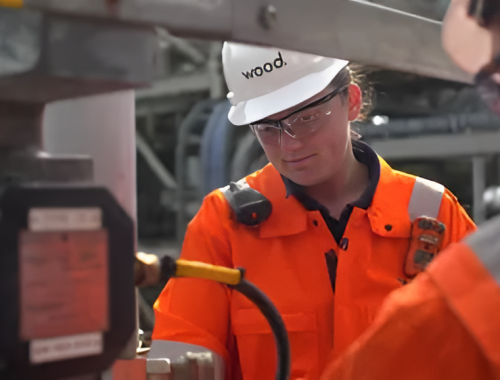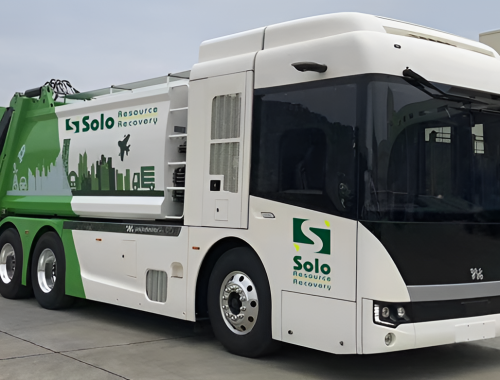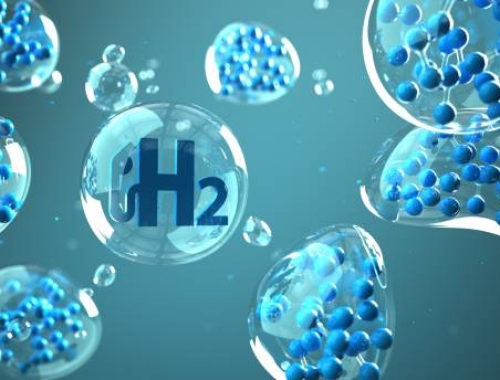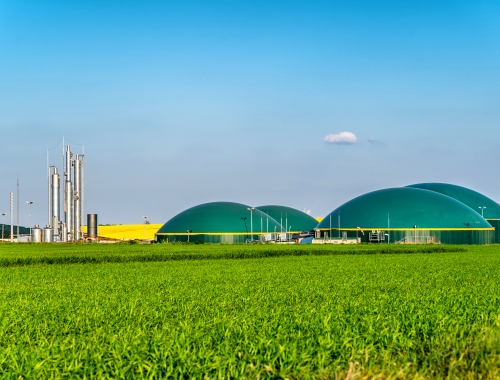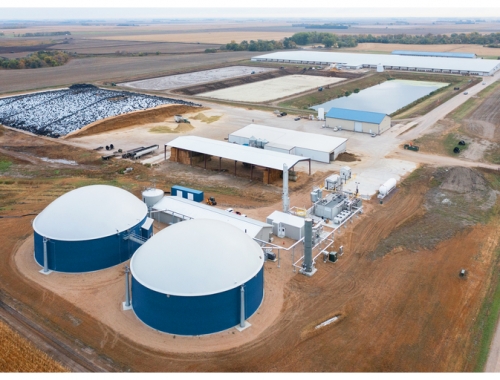Chevron advances low-carbon strategy
SUMMARY
Chevron has recently entered into deals to capture and store CO2 and reduce methane emissions with Egypt’s petroleum ministry and Japan’s JERA, as part of the US major’s orderly energy transition strategy.
By Gary LakesChevron is looking for an orderly transition to a clean energy future, company officials have stated during the course of examining the results of 2022. To that end, the company will continue to pursue new projects and form new partnerships based on its strengths and experiences. In recent years Chevron has formed a number of partnerships designed to examine how carbon and methane emissions can be reduced, and alternative technologies such as carbon capture, geothermal, biofuels, and hydrogen can be developed.
While some of the major energy companies have moved into development of renewables, Chevron CEO Bill Wirth said that that side of energy alternatives is not his company’s forte.
“There’s really good wind and solar companies out there,” Wirth was quoted as saying during an interview with The Houston Chronicle published on March 9. “And we don’t have any particular expertise in wind and solar and a lot of the intellectual property in the turbines or the panels.”
“[Chevron is] really trying to be sure that we’re pragmatic and realistic about the fact that the lack of energy can create real severe consequences,” Wirth told The Chronicle. “So, we have to be thoughtful about how we manage this transition and it will be an evolution more than it will be a step change,” he said, adding that Chevron is leveraging its strengths “to deliver low-carbon energy to grow the world.”
During his conversation with The Chronicle, Wirth advocated a removal of any restrictions on energy innovation and suggested that a carbon tax would be the single most impactful policy that could encourage the move to clean energy.
According to the company’s February 28 presentation, Chevron is making progress with reducing the carbon intensity of its oil and gas production. It is halfway to a 2030 renewable fuels target, and building businesses in carbon capture, offsets and hydrogen.
Expanded partnerships, new studies
During February, Chevron subsidiary Chevron New Energies announced that it had signed in Houston a memorandum of understanding (MoU) with Japan’s JERA. The agreement is a framework for collaboration on carbon capture and storage (CCS) projects in the US and in Australia. The deal is expected to enable the two companies to “expand the significant LNG relationship” that they share and to collaborate “in the lower carbon space.”
JERA, a joint venture between TEPCO Fuel & Power Inc. and Chubu Electric Power Company, which together produce about 30% of Japan’s total electricity supply, is a major buyer of LNG, while Chevron is a key producer and supplier of LNG on the global market.
The two companies have already taken steps to collaborate on a number of low carbon projects, including carbon capture, utilisation and storage (CCUS) and the commercialisation of new technology. Last November, Chevron New Energies and JERA signed a joint study agreement covering the US and Asia Pacific region concentrating on lower carbon fuel co-development in Australia. A feasibility study on the idea is to be completed this year.
Chevron and JERA have also agreed to study the hydrogen value chain including production, export and transport. To that end, they have taken up the study of liquid organic hydrogen carriers (LOHC) in the US for low carbon hydrogen.
Another step taken by Chevron to offset carbon emissions was also announced in February. Agreement was reached with Sembcorp Marine Repairs & Upgrades to install technology on Chevron Shipping Company’s LNG fleet to support energy transition goals. Work on the vessels will include installation of a re-liquefaction system, hull air lubrication and new gas compressors. The new technologies will reduce cargo boil-off, lower fuel consumption and increase volumes of cargo delivered.
Back at the ranch
In Texas, Bayou Bend CCS, a joint venture between Chevron New Energies, Talos Energy and Carbonvert, announced in early March the expansion of its underground carbon dioxide storage area in the southeast corner of the state on the Gulf coast. The project has previously consisted of 40,000 acres offshore Beaumont and Port Arthur. The company said it had acquired an additional 100,000 acres onshore, making it one of the largest CCS projects in the US. Up to 1bn metric tons of CO2 will be stored in the facility and it will be used by many of the carbon emitters in the regional industrial area.
“With this expansion, Bayou Bend is positioned to offer CCUS solutions across a broad region of the Gulf Coast, from Houston to Orange and into western Louisiana,” Chris Powers, VP CCS of Chevron New Energies said in a statement.
Gas plans for the East Med
Chevron’s hydrocarbon assets in the East Mediterranean have led to it signing an MoU with the Egyptian petroleum ministry covering cooperation in research, development and implementation of technologies designed to reduce methane emissions in Egypt’s oil and gas industry.
The MoU will provide for Chevron New Energies to host Egyptian personnel in the US for training about methane control technologies, measurement practices and emissions reduction solutions, a statement issued by Chevron said. Chevron and the ministry are to share best practices on methane emissions reduction in order to assist Egypt in its efforts to align with the UN Methane Reduction Roadmap that was launched at COP27 last November in Sharm el-Shaikh.
In early 2023 Chevron and Italy’s Eni announced the discovery of a new gas field in the Egyptian Mediterranean offshore in January at the Chevron-operated Nargis-1 well near Sinai. Egypt is a major gas producer in the East Mediterranean and some of its production is exported from LNG facilities at Idku and Damietta. Two years ago, Chevron acquired the gas assets of Noble Energy in the East Mediterranean, including the Leviathan and Tamar gas fields offshore Israel, and the Aphrodite field offshore Cyprus. Some Israeli gas is exported to Egypt.
Chevron has recently announced that it had taken a final investment decision (FID) to invest $673mn in Israel’s Tamar gas field, expanding production from 11bn m3/year to 16bn m3/yr by 2025. An FID is also under consideration for the nearby Leviathan field. Phase 1B includes a $100mn pre-FEED study for field expansion and a floating LNG (FLNG) vessel that could be operating by the end of the decade.
Gas development of the East Mediterranean sees the area primarily as a source of supply for Europe, which in the wake of the cutoff of Russian gas supplies could make use of a nearby source of natural gas in the future.



